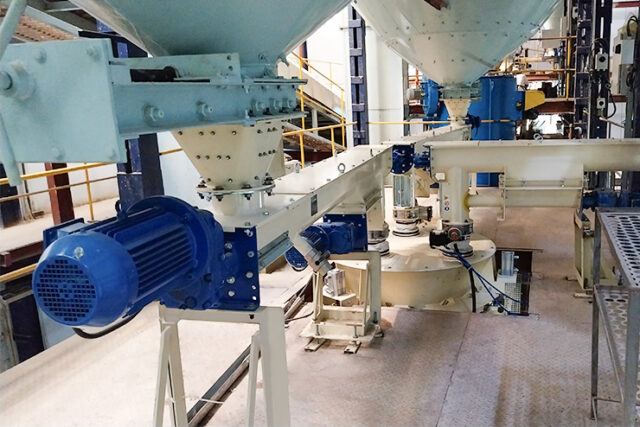Lahti Glass Technology (LGT) has signed a contract to supply a fibre waste recycling plant in Latvia. The fibreglass factory always generates fibre waste, which has long been hazardous waste and dumped in landfills. The amount of fibre waste can be relatively high, so we are talking about important issues from many different perspectives.
Instead of environmental problems and high waste charges, the method developed by LGT turns the customer’s fibre waste into a new raw material for the process, so there are a lot of benefits for the customer. The waste fee savings alone mean that the payback period for the investment is remarkably short. In addition, the mill also partly saves on the use of virgin raw materials by replacing them with fibre waste.
The fibre waste has to be treated before it can be reused. The fibre bundles have to be chopped, shredded and dried in order to be reused. For drying, the mill can use the waste heat from the flue gases of its own furnace, which is sufficient to dry the fibre waste to its full capacity. After drying, the fibre waste is taken to the mills, where the chopped fibre is made into a powdered and thus ready raw material for reuse.
Experience in recycling fibre waste already exists
The fibre waste recycling plant in Latvia is not the first for LGT. A similar plant has been delivered to Norway in the past, but the one to be delivered to Latvia is a further development of the process.



